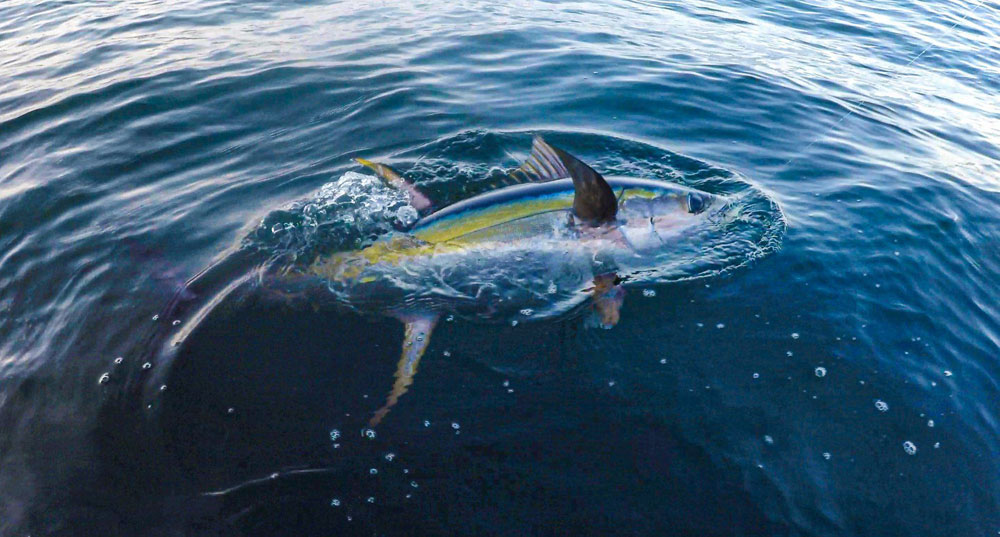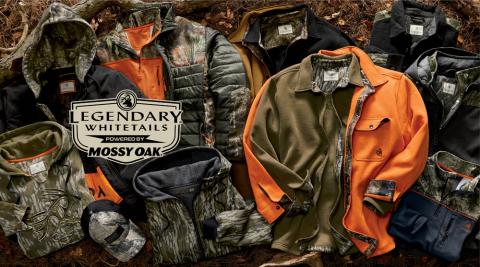provided by John Phillips
Some anglers like to test their strength and endurance against giant saltwater fish. Mossy Oak Elements Pro, Mark Davis of Lexington, South Carolina, has proved he’s on the extreme end of this giant challenge of man against beast. Davis fishes from Montauk, New York, to Brownsville, Texas, Alaska and Australia for all saltwater species for his TV show, “BigWater Adventures” on the Outdoor Channel. Most people on the Atlantic Coast and the Gulf of Mexico Coast believe that all the bottom fish die or are uncatchable in the winter months, but this isn’t true. This week, Mark Davis explains that there is still some really good fishing offshore for other types of snapper.

The next trip I went on was with the Mexican Gulf Fishing Company owned by Kevin Beach and Billy Wells. We left out of Venice Marina in Venice, Louisiana, to catch menhaden we’d fish with, and when we were only about 15-20 miles from the port, the captains found the yellowfin in an unusual place – around one of the rigs closer to shore.
Around that time, the water coming out of the Mississippi River was really muddy from the surface down to 20-30 feet deep where it was clean and pretty. The yellowfin didn’t mind coming up through that muddy water to feed on bait, but they wouldn’t remain in that dirty water, due to its salinity level not being as high as the salinity level of the salt water below it. Yellowfin tuna don’t have stumps, logs or any other structure to hold on like inshore fish, and they prefer to hold where there’s a color change in the water. The muddy water that we followed out of the Mississippi River was the first color change in the water as we got closer to those near-shore rigs. Most people normally wouldn’t fish in water that dirty on the edges of those rigs, and 15 miles offshore wasn’t a normal place for the yellowfin to be. Each person only can catch three yellowfin a day. In this region, we were able to catch yellowfin that weighed from 50 pounds up to 152 pounds. Normally, I’d fish with a standup harness but we didn’t use a harness on any of the tuna we caught - except for the biggest one that weighed 152 pounds.
The captains of the Mexican Gulf Fishing Company had been fishing around this same rig for about a week, and yellowfin would get line-shy after they’d had quite a bit of fishing pressure on them. Therefore, you had to have some invisible line to catch them. That’s why I used the 50-pound-test Seaguar Gold Label fluorocarbon line. If you had menhaden on this line in a swimming pool, all you would be able to see would be the menhaden with a little piece of silver jewelry on him because the line completely would disappear. When we put out 80-pound-test Seaguar Blue Label fluorocarbon line, we didn’t get a bite. However, once we tied the 50-pound Gold Label line to the 50-pound-test Seaguar Threadlock braided line, we caught four giant tuna before you could blink your eyes.






























